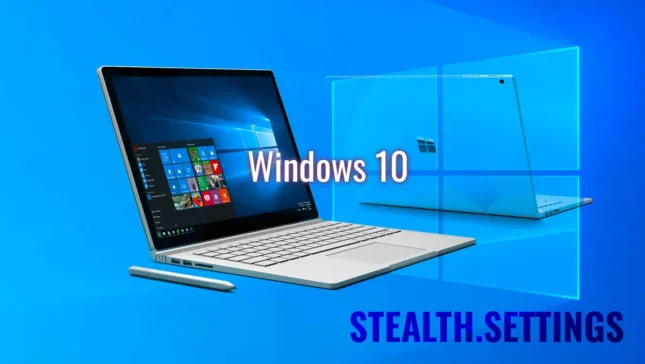Microsoft announced today the new operating system Windows, but he surprised the public in what he looked at system name, this being Windows 10 and no Windows 9 as everyone expected. The reason why Microsoft chose to skip a number, and chose the name of Windows 10, it was not commented officially, but o explanation (subtle) was given to users:
This product, when you see the product in your fullness I think you’ll agree with us that it’s a more appropriate name. Windows 10 will run across an incredibly broad set of devices – from the Internet of Things, to servers in enterprise datacenters worldwide. Some of these devices have 4 inch screens – some have 80 inch screens – and some don’t have screens at all. Some of these devices you hold in your hand, others are ten feet away.
In terms of actual news of the operating system Windows 10, cele mai importante dintre acestea erau deja cunoscute de public. In primul rand, Microsoft took into account feedback from desktop users (or more precisely their dissatisfaction in relation to Modern interface a Windows 8) and reinvented it Classic interface for these.
De asemenea, un lucru foarte important (si deja anuntat de cateva luni), Windows 10 will be a universal system, compatible with all Windows devices, the same being true for Windows Store (magazin universal for Windows applications, and the applications written for PC-uri will be compatible with mobile devices which will run the Windows system).

From the most important features of Windows 10, in the presentation provided by Microsoft, the following were confirmed:
1. Reintroducing the Start Menu – the biggest user dissatisfaction at the launch of the operating system Windows 8 it was removing the Start menu and replacing it with Start Screen-ul.
In Windows 10, Microsoft reintroduce Start menu, this being available instead of the Start Screen for desktop users (users of mobile devices touch, ex. tablets, they will continue to use Start Screen-ul for launching applications). The new Start Menu it will be possible redimensionat and Customize according to user preferences, and will allows fixation (pin) de tile sites for Modern applications.
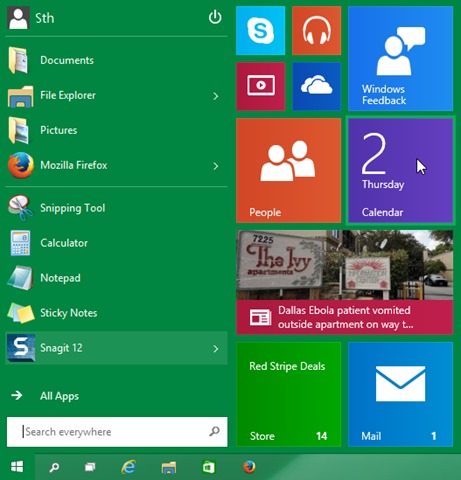
2. Modern applications (installed from Windows Store) they will be able to be run in windows (not only full screen or in module snap, as is the case in Windows 8/8.1).
These will be able to be run directly on the desktop, same as classic applications (pe tablets but they will still run in full screen), users being able to run several such applications at the same time and being able to switch between them using Taskbar-u.
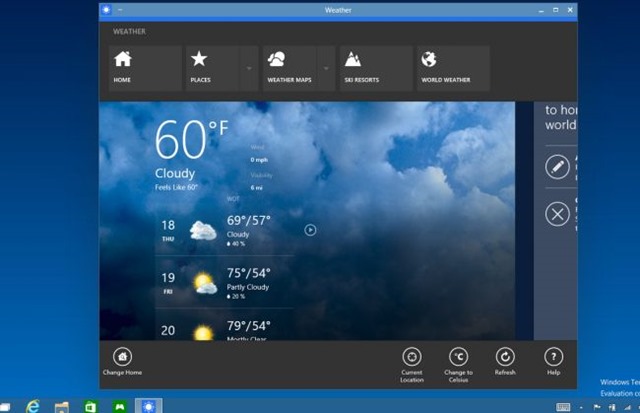
3. An improved Task Switcher – to simplify switching between applications (in previous systems users used ALT+LOSS), Microsoft to include a quick access button pe Taskbar which opens a Task Switcher.
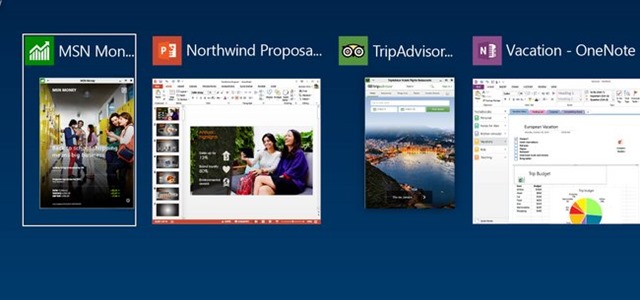
4. Virtual Desktops – another important feature, which users Windows they had been waiting for him for some time. Although they could activate multiple desktops with the help Third-Party applications, Microsoft included this feature in the mod default in Windows 10, simplificand creating different desktops to avoid crowding and to organize the work space according to preferences.
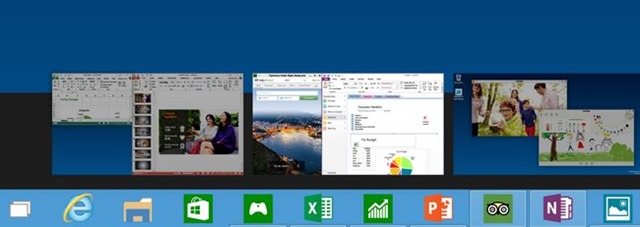
Dupa spusele Microsoft, the final version of Windows 10 will be released sometime in mid-2015, but the following days it will be made available to the public (through the program Windows Insider) version Technical Preview of this operating system:
Windows 10 Technical Preview (via Windows Insider).
For more details about Windows 10, follow presentation demo:
Update: Or high news, quite minor, but very importance for users who use Command Prompt-ul usually it is the fact that this too system utility was updated to o new version which allows the use of the key combination Ctrl + V to give Paste in the command window (something impossible until now).
STEALTH SETTINGS – Microsoft announces the next Windows system, named (surprise) Windows 10
